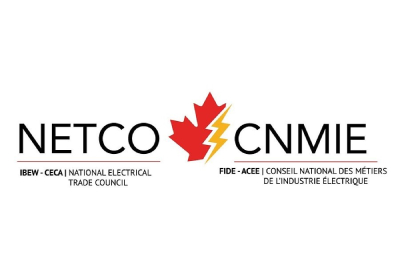IESO Report Explores Energy Storage Options for Ontario

Energy storage technologies can provide some of the services needed to reliably operate Ontario’s power system, concludes a report by the Independent Electricity System Operator (IESO). Energy storage could also help improve the use of existing transmission and distribution assets by deferring upgrade or refurbishment costs, and improve the quality of electricity supply in certain areas of the system by controlling local voltages.
The 36-page report notes that energy storage is not the only option for providing these services. While the report does not try to build an economic case for storage, it comments that energy storage might be able to provide regulation service at a cost comparable to the cost of traditional providers (e.g., hydroelectric generators).
IESO produced the report at the request of the Minister of Energy. The report
- includes lessons from past IESO procurements of energy storage
- presents potential opportunities and challenges for energy storage
- identifies operational and reliability system needs brought about by changes to the generation mix over the next few years and the potential for energy storage technologies to address those needs
Key findings
1. Energy storage facilities can provide a wide range of services needed to reliably operate the power system in Ontario, including: regulation, voltage control, operating reserve, and flexibility. However, energy storage is not the only option for providing these services.
2. Up to the early 2020s, energy storage technologies that withdraw surplus electrical energy from the grid and later re-inject that energy back into the grid can be used to manage some surplus baseload generation. Beyond this timeframe, the opportunity for storage to manage SBG depends on a number of dynamic factors including: electricity demand, weather, value of carbon, consumer behaviour, and planned nuclear refurbishment and outage timelines.
3. Future procurements are expected to return better value if they target specific services (i.e., regulation, voltage control and capacity) instead of specific technologies. Although energy storage can provide many services needed to reliably operate the power system, storage isn’t the only option for meeting those needs. Ultimately, the best option for meeting a specific need should be determined through a procurement that targets the need and allows multiple technologies to compete.
Energy storage opportunities
Based on how they interact with the electricity system, IESO classified energy storage technologies as follows:
- Type 1 — technologies that are capable of withdrawing electrical energy from the grid, storing such energy for a period of time and then re-injecting this energy back into the grid.
- Type 2 — technologies that withdraw electricity from the grid and store the energy for a period of time. However, instead of injecting it back into the grid, they use the stored energy to displace electricity consumption (demand) of their host facility at a later time. Examples include, but are not limited to, heat storage or ice production for space heating or cooling.
- Type 3 — technologies that only withdraw electricity from the grid like other loads but convert it into a storable form of energy or fuel that is subsequently used in an industrial, commercial or residential process or to displace a secondary form of energy. They’re generally integrated with a host process that uses that secondary form of energy directly or are connected to a transmission or distribution network for their secondary form of energy (e.g., natural gas, steam or coolant). Examples include, but are not limited to, fuel production (hydrogen or methane), steam production and electric vehicles.
This classification is important to understand the opportunities available for different energy storage technologies to provide services in Ontario. The report concludes that energy storage technologies can be used to
- provide some of the services needed to reliably operate the power system including: regulation, voltage control, operating reserve and flexibility
- help improve the utilization of existing transmission and distribution assets by deferring some costs associated with their upgrades or refurbishments, as well as improve the quality of electricity supply in certain areas of the system by controlling local voltages
Energy storage is not the only option for providing these services, the report says.
Read the full report: http://www.ieso.ca/Documents/Energy-Storage/IESO-Energy-Storage-Report_March-2016.pdf.
The chart depicts hourly output by fuel type on April 1, 2016 at 5:00 am. Source: IESO, www.ieso.ca.
















